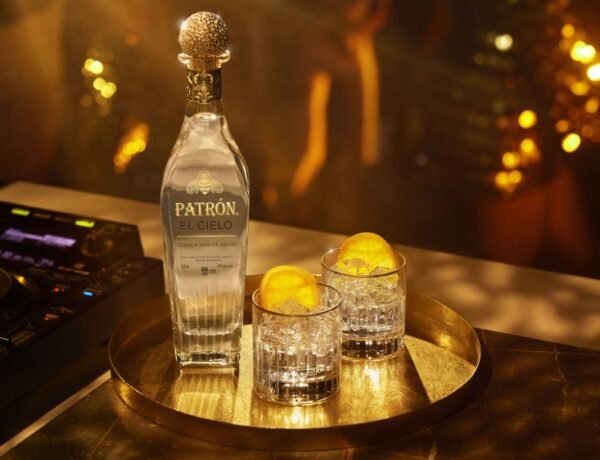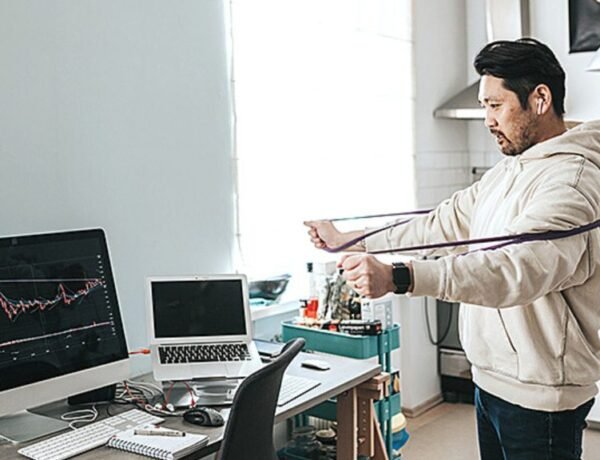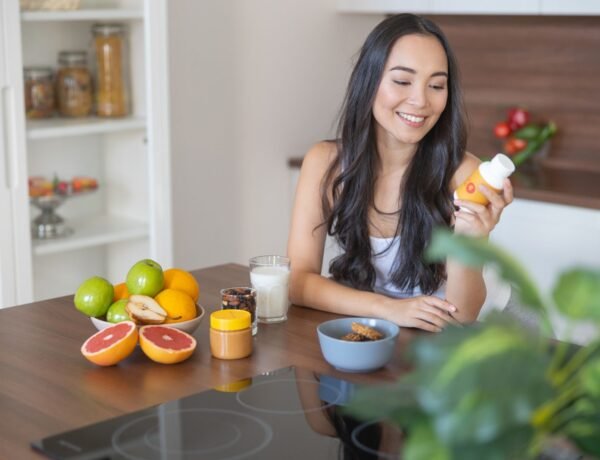Revival of Millennial Pink: A Nostalgic Hue Returns to Fashion
The iconic millennial pink, a soft pale salmon hue, that dominated fashion, interior design, and pop culture in the mid-2010s is making a strong comeback. Once considered the defining color of an era, its resurgence is fueled by celebrity endorsements, high-fashion runways, and a cultural shift towards nostalgia and inner child healing. Designers from Chanel to Valentino have reintroduced this versatile shade, bringing it back to the forefront of modern aesthetics.
A Cultural Icon: The Original Rise of Millennial Pink
Millennial pink first gained popularity in the early 2010s, becoming a symbol of youthful expression, minimalism, and gender fluidity. Its appeal extended beyond traditional feminine associations, making it a gender-neutral color that redefined modern style. From runways and branding to home décor and social media aesthetics, millennial pink became a staple in visual culture.
Why Is Millennial Pink Making a Comeback?
The revival of millennial pink is largely attributed to collective nostalgia. In a world that feels increasingly uncertain, people are drawn to comforting, familiar aesthetics. This soft, warm hue evokes a sense of optimism and simplicity, reminding consumers of pre-pandemic years and carefree trends. Additionally, the rise of inner child healing movements has encouraged individuals to embrace joyful and playful colors in their daily lives.
Celebrity Influence on the Trend
Millennial pink’s return has been accelerated by high-profile celebrity endorsements. Timothée Chalamet, Ariana Grande, and Zendaya have been spotted wearing soft pink ensembles, bringing the shade back into mainstream conversation. Their influence has helped reshape pink as a chic, modern, and timeless color, appealing to a broad audience.
Runway Resurgence: Chanel, Valentino, and More
Luxury fashion houses are at the forefront of millennial pink’s resurgence. Chanel, Valentino, and Jacquemus have all incorporated this shade into their recent collections, proving that the color is no longer just a fleeting trend but a lasting statement. Designers are experimenting with monochromatic pink outfits, pastel layers, and bold pink accessories, redefining its role in high fashion.
The Evolution of Millennial Pink in 2025
Unlike its original iteration, which leaned toward minimalist aesthetics, today’s millennial pink revival embraces bolder expressions and mixed textures. Designers are incorporating satin, velvet, and sheer fabrics to elevate the color’s sophistication. It’s also being paired with deep reds, earthy neutrals, and metallic accents, making it more versatile than ever.
Gender Inclusivity and the New Pink Movement
Millennial pink continues to challenge traditional gender norms. While pink was once marketed primarily toward women, the modern fashion industry embraces it as a gender-neutral hue. Menswear designers are incorporating pink suits, sweaters, and accessories, reinforcing that this color is for everyone.
Millennial Pink in Beauty and Cosmetics
The beauty industry has also welcomed millennial pink’s return. Soft pink lipsticks, blushes, and pastel eyeshadows are trending, offering a natural and fresh aesthetic. Brands like Fenty Beauty and Dior have released pink-based products, capitalizing on the color’s resurgence.
Interior Design and the Soft Pink Aesthetic
Millennial pink is reclaiming its place in interior design, particularly in home décor, furniture, and minimalist aesthetics. The color’s warmth and versatility make it ideal for creating soothing, contemporary spaces. Designers are incorporating pink walls, bedding, and accent pieces, blending them with earthy tones and soft neutrals for a modern touch.
Social Media and Viral Aesthetic Trends
Platforms like Instagram, TikTok, and Pinterest have played a major role in the pink renaissance. Influencers are curating pink-themed fashion, makeup looks, and home décor inspiration, fueling the demand for the color. Viral challenges, such as “Barbiecore” and pastel outfit trends, have made pink a dominant aesthetic once again.
The Connection Between Pink and Mental Well-Being
Psychologically, pink is associated with calmness, warmth, and emotional balance. Many people turn to soft pink shades as a way to cultivate a sense of peace and self-expression. With self-care and wellness movements on the rise, millennial pink’s soothing qualities align perfectly with today’s mindfulness trends.
High-Street Fashion and Accessibility
Millennial pink is not just limited to luxury brands—fast fashion retailers like Zara, H&M, and ASOS have embraced the shade in their 2025 collections. From pink statement coats to casual loungewear, this color is widely accessible, making it easy for consumers to integrate into their wardrobes.
Brands Reimagining Pink for Marketing and Packaging
Beyond fashion, brands across beauty, food, and tech are embracing pink in their marketing strategies. Beverage brands, skincare companies, and even technology brands are incorporating millennial pink into their packaging and advertising, leveraging its nostalgic yet modern appeal.
Is Millennial Pink Here to Stay?
While some trends fade quickly, millennial pink’s lasting appeal suggests it has evolved beyond a passing fad. Its ability to adapt across different industries and cultural movements ensures that this hue will remain relevant in fashion, beauty, and design for years to come.
Conclusion: The Timeless Allure of Millennial Pink
The revival of millennial pink highlights how color trends are deeply influenced by cultural shifts, nostalgia, and emotional connection. From high fashion to everyday wear, beauty products to home décor, this shade continues to captivate consumers across generations. Whether for personal expression, aesthetic appeal, or emotional resonance, millennial pink has reclaimed its place as a beloved and enduring color in 2025.



